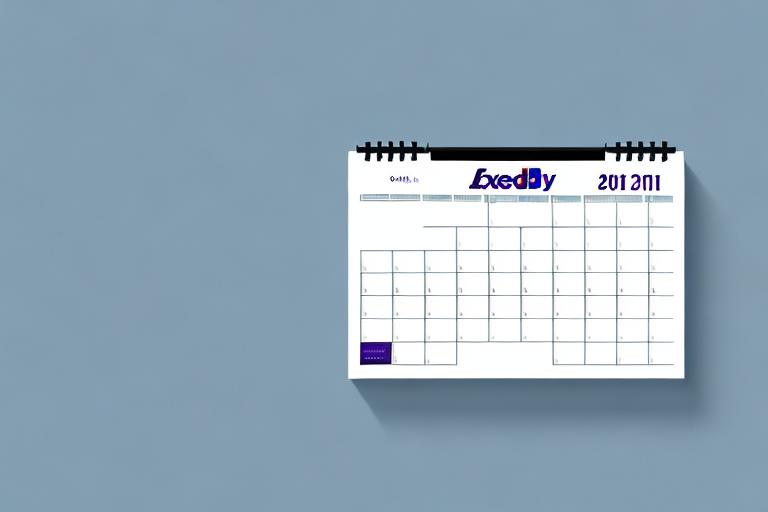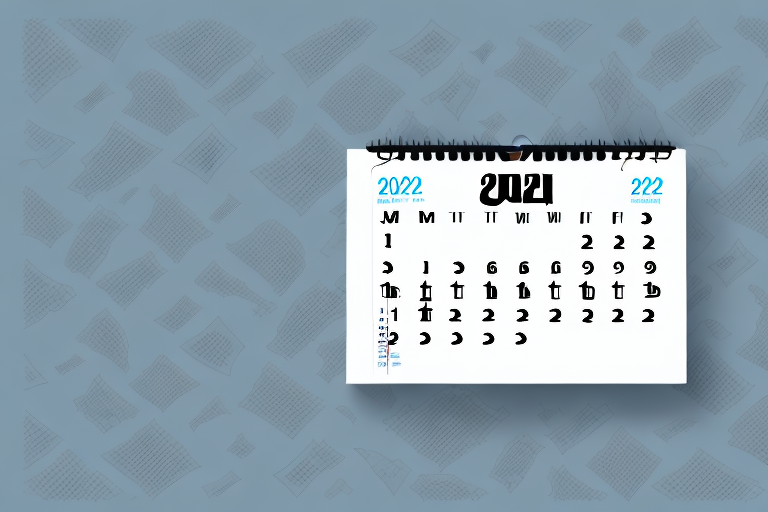Understanding the August Effect
The 'August Effect' refers to the significant decline in business activity and revenue that occurs during the month of August. This phenomenon is particularly observed in industries such as retail, hospitality, and tourism, where consumer demand tends to decrease as families embark on vacations and prepare for the upcoming school year.
Historical Background
The term "August Effect" originated in European countries, where August is traditionally associated with a month-long vacation period for both businesses and individuals. Over time, due to globalization and increased international travel, the August Effect has become more pronounced in other parts of the world as well.
Impact on Various Industries
Industries such as retail and hospitality are most affected by the August Effect. Retail stores experience lower foot traffic, while hotels and restaurants see a dip in bookings. Additionally, the education sector is impacted, as schools and universities close for the summer break, disrupting academic schedules.
Data Analysis: The Current Impact of August on Business Performance
Recent studies indicate that businesses can experience up to a 30% drop in sales during August compared to other months. This decline is attributed to reduced consumer spending as people prioritize vacations and back-to-school preparations.
Recent Statistics and Trends
According to the Statista report, the retail sector saw an average sales decline of 28% in August 2023 compared to July 2023. Similarly, the hospitality industry reported a 25% decrease in bookings during the same period.
Case Study: Small Business Sales Analysis
A case study conducted on a small retail business revealed a nearly 40% drop in August sales. However, with strategic planning and targeted marketing, the business bounced back with a 50% increase in September, demonstrating that the August Effect is temporary and manageable with proper strategies.
Psychological and Consumer Behavior Factors
Several psychological factors influence consumer behavior during August, leading to decreased spending. The end of summer and the anticipation of the new school year shift consumer priorities away from discretionary spending.
Delayed Gratification
Consumers often postpone non-essential purchases, anticipating better deals or increased disposable income later in the year. This tendency contributes to the overall decline in sales during August.
Decision Fatigue
After months of planning vacations and summer activities, consumers may experience mental exhaustion, resulting in fewer decisions to make additional purchases. This phenomenon, known as decision fatigue, reduces consumer engagement with marketing efforts.
Strategies to Mitigate the August Effect
Businesses can implement various strategies to counteract the August Effect and maintain steady revenue streams during this period.
Marketing Strategies
Develop targeted marketing campaigns that resonate with consumers' current needs, such as back-to-school promotions or vacation-related discounts. Utilizing social media and email marketing can effectively reach the target audience.
Running Promotions: Pros and Cons
While promotions can attract customers and boost sales, they may also lead to reduced profit margins if not carefully planned. It's essential to balance the benefits of increased foot traffic with the potential costs of lower margins.
Product Diversification
Introducing new product lines or focusing on items that are less affected by seasonal fluctuations can help sustain sales. For example, offering school supplies or multipurpose products may appeal to consumers preparing for the new academic year.
Employee Engagement
Maintaining employee motivation during slower periods is crucial. Offering training opportunities, organizing team-building activities, and ensuring clear communication can enhance employee engagement and productivity.
Geographical Variations in the August Effect
The impact of the August Effect varies across different geographical regions, influenced by local customs, tourism patterns, and economic factors.
Coastal vs. Inland Areas
Businesses in coastal and tourist-heavy areas typically experience higher customer traffic during August due to vacationers. In contrast, inland or urban areas may face a more noticeable decline as local residents are more likely to travel during this month.
Global Comparisons
While the August Effect is most prominent in Europe, it is also observable in North America and parts of Asia. Regions with different vacation traditions may experience varying degrees of impact, requiring tailored strategies to address local market conditions.
Future Outlook and Solutions
The future of the August Effect is evolving with changes in work habits and consumer behavior. The rise of remote work and digitalization presents new opportunities to mitigate its impact.
Predictions
Experts predict that the August Effect may decrease in intensity as businesses adopt more flexible models, such as remote operations, allowing continuous engagement with customers year-round.
Potential Solutions
Implementing digital solutions, such as e-commerce platforms and virtual customer engagement tools, can help businesses maintain sales during traditionally slow periods. Additionally, leveraging data analytics to forecast demand and optimize inventory can enhance preparedness and resilience.
Conclusion
Understanding and anticipating the August Effect is essential for businesses aiming to maintain consistent revenue and ensure long-term success. By analyzing data, adapting marketing strategies, and engaging customers and employees effectively, businesses can navigate the challenges posed by this seasonal trend and capitalize on opportunities for growth.




















